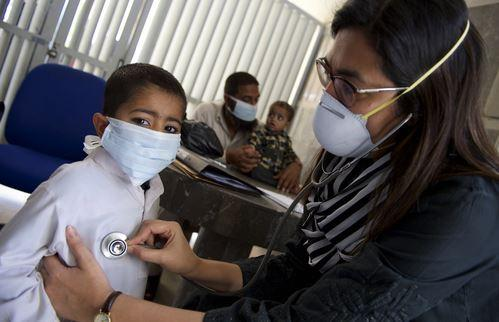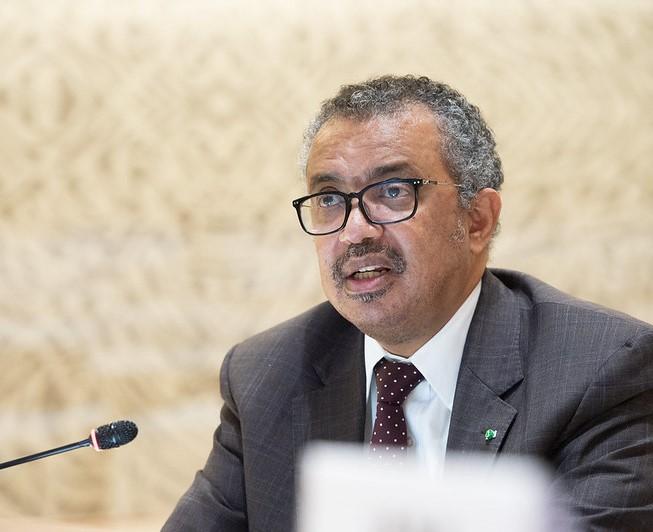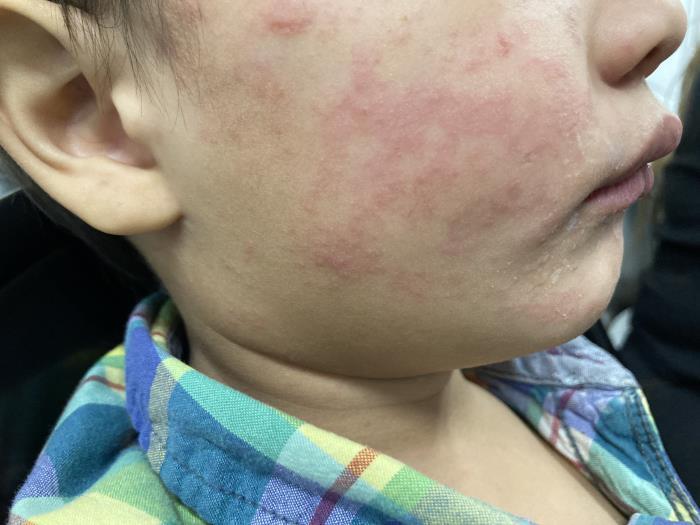
A new smartphone-sized device can deliver tuberculosis (TB) test results at the point of care in less than an hour, an innovation that could improve diagnosis of the deadly disease in settings in which access to healthcare facilities and lab equipment is limited, its Tulane University developers reported yesterday in Science Translational Medicine.
Over 90% of new TB cases occur in low- and middle-income countries.
The battery-powered device is the first to detect Mycobacterium tuberculosis in saliva in addition to blood and sputum. The low-cost, microprocessor-controlled device uses a liquid crystal display (LCD) user interface to control test performance, automate assay analysis, and produce results.
The test uses a DNA-enrichment membrane and cellulose disc containing DNA-amplification and molecular-diagnostic reagents to provide results without a conventional lab-based DNA-isolation procedure.
High sensitivity, good specificity
The researchers used the device to test serum cell-free DNA isolated from children ages 1 to 16 years in the Dominican Republic. It detected pulmonary and extra-pulmonary TB with higher sensitivity than a costlier device (81% vs 68%, respectively) and good specificity (94%), meeting the WHO target product criteria for new non-sputum TB tests.













